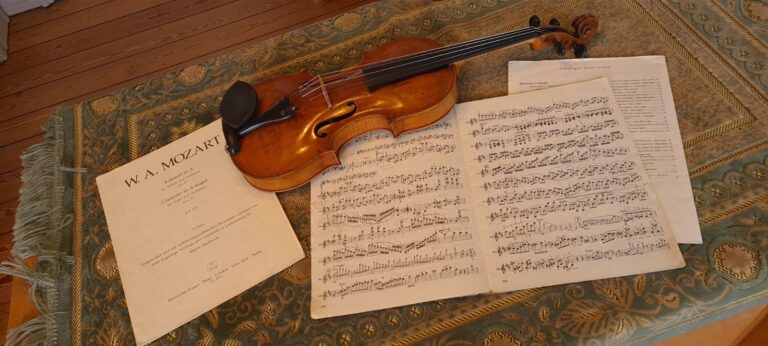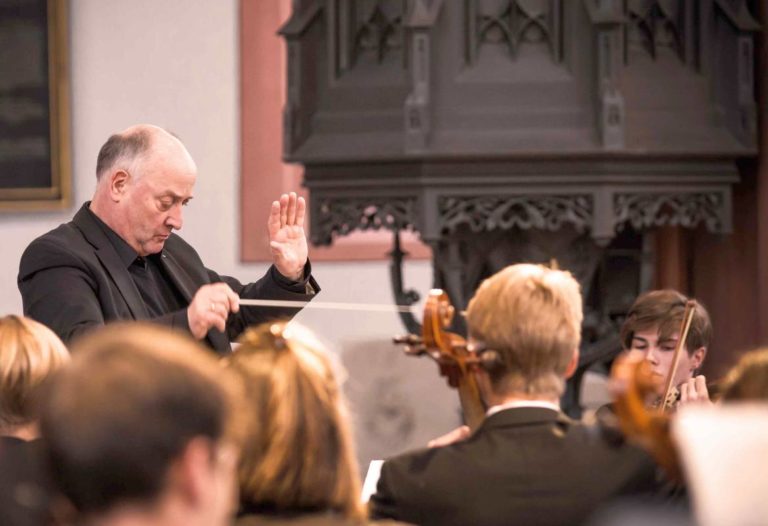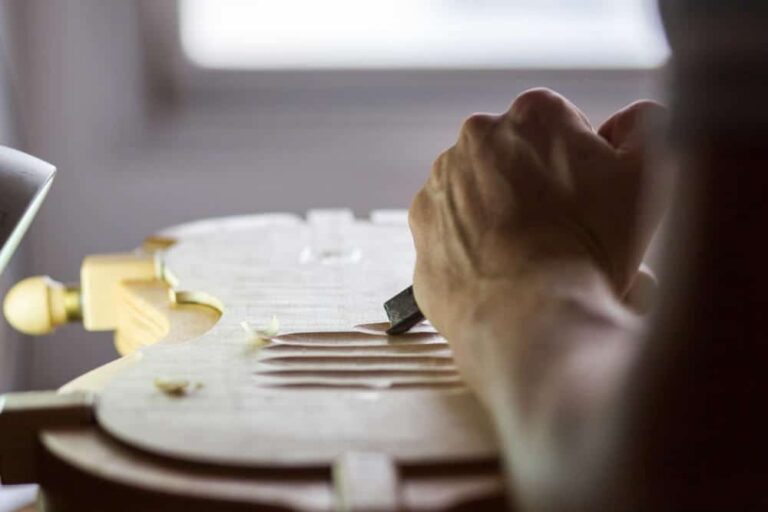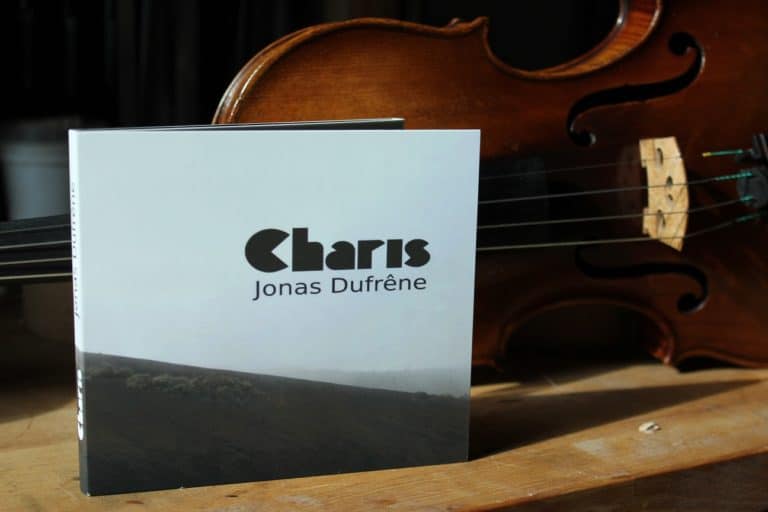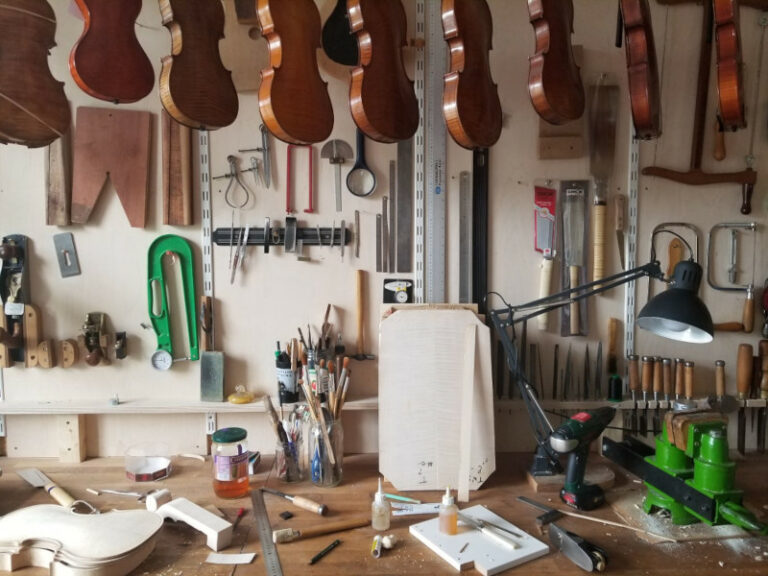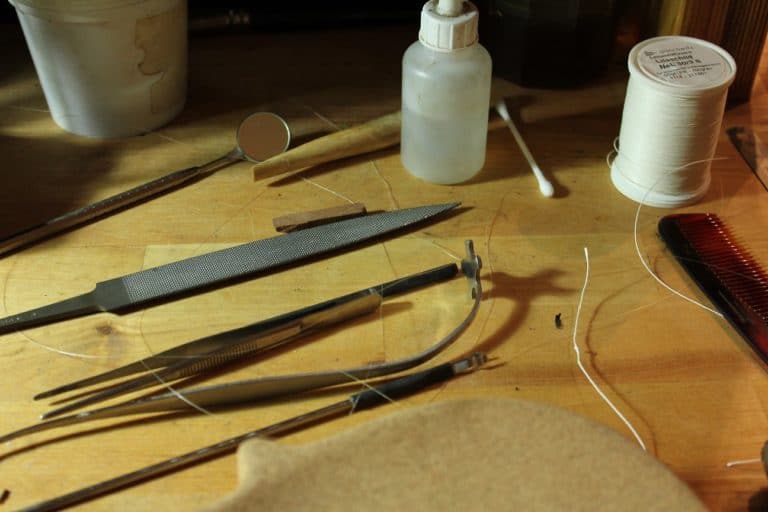Discover the most expensive violins available today. Be careful, because this list can make you dizzy!
Work of art or musical instrument?
Would you dare to play a violin that belongs in a museum? Aside from the price tag, wouldn't feeling the weight of history in your hands deter you?
String quartet instruments are among the most sought-after art antiques today. That's why some of them can reach dizzying heights at auction. We're talking several million euros here...
Many of them are safe in private collections, museums or vaults. Yet some of the luckiest musicians have the opportunity to play on these treasures that have survived the centuries. They therefore play on instruments that sometimes belonged to legendary musicians or personalities. This is why current owners often testify to the intense emotions that emanate from their violins, violas or cellos. As if they were inhabited by something supernatural.
Could the luthiers of yesteryear have imagined that one day they would be making auctioneers dizzy?
Top 5 most expensive violins
1 - The " Macdonald", an auction record($45 million)
The " Macdonald " is a viola made by the Italian master Antonio Stradivari in 1719. It owes its name to the third Baron Macdonald, Godfrey Bosville, who acquired it around 1820. The absolute auction record was exceeded on June 26, 2014 at Sotheby's in Paris. The instrument fetched an unprecedented $45 million!
The estimate of its price is important because of the very limited number of violas produced by the Italian master. Only ten have been identified to date. In contrast, some six hundred violins and fifty cellos were produced in his workshop during his lifetime. What makes the "Macdonald" so famous is that it is the sole representative of the famous luthier's " golden age ". It has not been altered in any way over the years. It still has plenty of varnish and has apparently not been broken.
Its uniqueness and perfect condition make it one of the most coveted objects in the world. In fact, it is the only instrument available that would allow the creation of a complete Stradivarius quartet. In other words, a set of two violins, a viola and a cello built by the master.
In the end, despite the media shock and the absolute rarity of this prestigious instrument, no one has yet decided to buy it. Even though it is a truly priceless instrument.
2 - The "Vieuxtemps", the violin of virtuosos (+ $15.9 million)
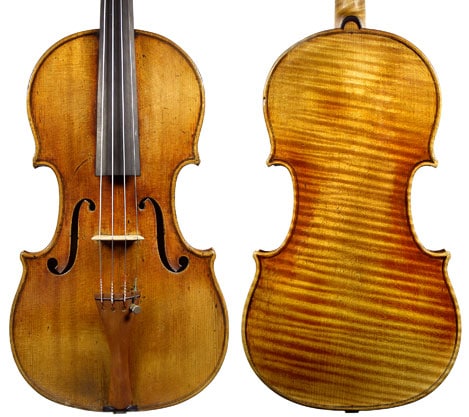
Made in 1741 by another Cremonese luthier, Guarneri Del Gesù. This violin is named "Vieuxtemps" in tribute to one of its owners: the violinist and composer Henri Vieuxtemps. Likewise, it has passed through the hands of the greatest virtuosos. Over the years, it has become the partner of Yehudi Menuhin, Itzhak Perlman and Pinchas Zukerman. All in all, an instrument that has never ceased to delight our ears...
In January 2013, however, the violin was sold by J.&.A. Beare to an anonymous buyer for an undisclosed sum. The sellers confirmed, however, that the price exceeded the previous record set at $15.9 million.
3 - The "Lady Blunt", auctioned for a good cause($15.9 million)
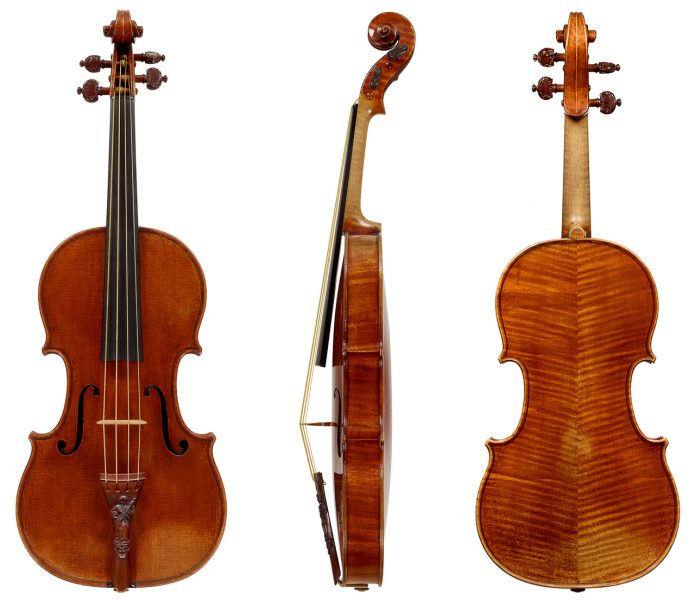
This instrument is signed by Antonio Stradivari anddated 1721. It was acquired by an anonymous bidder at an online auction in 2008. The proceeds were donated to a Japanese foundation fighting earthquake and tsunami damage. The sale, organized at the time by rare instrument specialist Tarisio, caused quite a stir. All the more so as the violin was said to be "the best-preserved Stradivarius offered for sale in the last century". It finally sold for $15.9 million, more than four times the previous record.
This precious violin is named after Lady Anne Blunt, granddaughter of the famous British poet Lord Byron. She acquired it through Jean-Baptiste Vuillaume. What's more, it was rarely used for centuries, as it often passed into the hands of collectors. This example from the end of the master's golden age is in impeccable condition. What's more, it's one of the rare instruments to still have its original neck.
4 - The "Mary Portman" ($10 million)
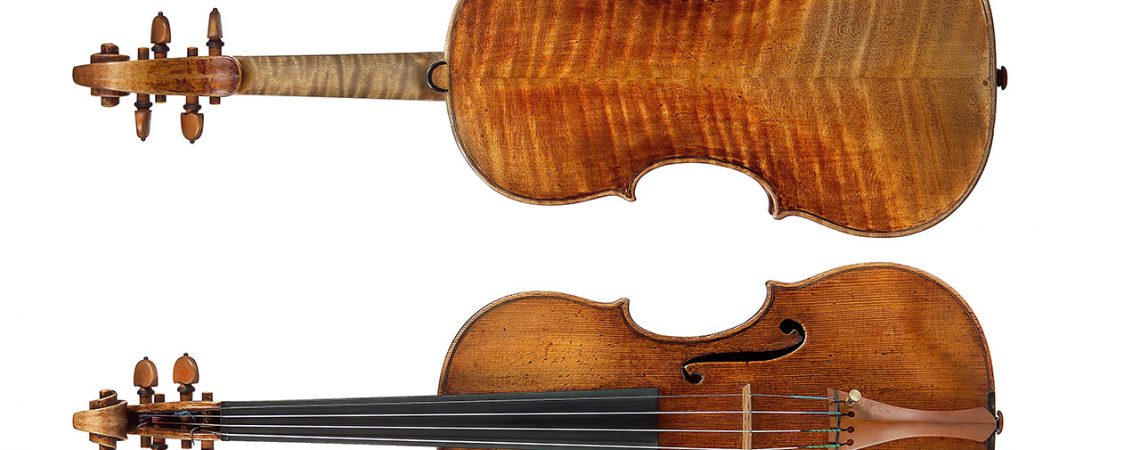
The "Mary Portman" is a violin made by Guarneri Del Gesù in 1735. It takes its name from an English aristocrat by the name of Mary Isabel Portman. She owned the violin during the 20th century, and it is now estimated to be worth $10 million.
5 - The Hammer($3.5 million)
This 1707 Stradivarius was sold in May 2006 at the famousChristie's auction house with a bid of $2.03 million. At the time, it was the biggest sale ever for a violin. The violin had a starting price of $1.5 million, but was sold for $2.5 million.
This delicate violin owes its name to Christian Hammer, a 19th-century Swedish collector. He is the first known owner.
A priceless violin!
Among the world's most expensive violins is also the Messiah. This is another instrument byAntonio Stradivari made at the peak of his art in 1716, but its history is highly controversial. Indeed, it is undoubtedly the best-preserved model by the Cremonese master, as it has hardly ever been played and is still in exceptional condition. So well preserved, in fact, that many specialists doubt its authenticity. In fact, the Messiah only asks us to have faith in him.
If this were truly the master's work, it would surely break all current auction records. For the moment, however, it belongs to the Ashmolean Museum in Oxford, and I invite you to discover it on this page: The Messiah.
A few thoughts on instrument pricing
The instruments of the violin family are endowed with an ingenious architecture. That's why they've survived the ages and musical trends without a hitch. And with some of them over 400 years old, they have achieved antique status. Those that are still in a state of preservation and playability are highly sought-after by connoisseurs. But where should an art antique be today? In a concert hall, a safe or a glass cage?
Rarity and prestige are necessarily the reason for a high price. In classical circles, it's fashionable to own or have owned one of these mythical instruments. The musician's talent is sometimes eclipsed by the instrument he or she owns. At concerts, the violin, viola or cello can also be a celebrity. So much so, in fact, that it can pose problems for new generations of professionals.
Over the last few decades, the price of Italian Renaissance master instruments has skyrocketed. However, musicians can rest assured that good instruments are not always overpriced. Indeed, the technique, knowledge and thoughtfulness of today's luthiers are exceptional. We sometimes speak of a new golden age of violin making. Modern instruments rival their ancient counterparts in both sound and aesthetics. Although devoid of glorious pasts such as the most expensive violins we've talked about.
The masterpieces handed down to us by makers from Cremona and elsewhere are testimony to exceptional craftsmanship. Their legacy will continue to influence generations of musicians and luthiers. It's important to treat them with respect and consideration, because the most expensive violins, and even the cheapest, are all, without exception, "priceless".
Would you dare to play on the most expensive violins, or do you find this escalation ridiculous? Feel free to discuss it in the comments!

